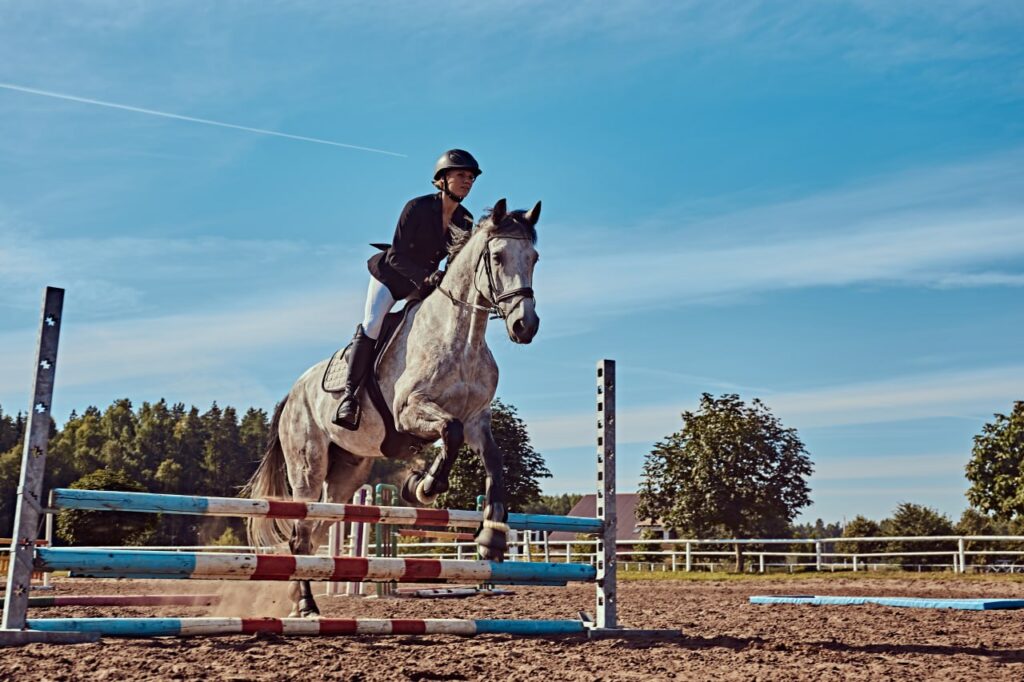Horse racing is a demonstration of genetic excellence and breeding sophistication. This exploration delves into horse breeding for racing, focusing on various breeds, the techniques employed, and the genetic legacy shaping today’s top racers.

Breeds Commonly Used in Racing
Thoroughbreds:
Originating from three founding sires—the Darley Arabian, the Godolphin Arabian, and the Byerley Turk—Thoroughbreds are synonymous with speed and endurance. They dominate global racing circuits, known for covering medium distances rapidly.
Standardbreds:
Best known for harness racing, Standardbreds descend from a mix of Thoroughbreds, Morgans, and some extinct breeds. These horses are noted for their obedience and versatility and excel in racing and other equestrian sports.
Arabians:
Developed for stamina over long distances, Arabians are favored in endurance racing. Their physiology, which includes an abundance of Type I muscle fibers, enables them to perform well in prolonged activities.
Quarter Horses:
Quarter Horse races feature explosive short-distance sprints, typically a quarter mile. These horses have large hind limb muscles and many Type II-b fibers, making them ideal for quick acceleration.
Breeding Techniques and Genetic Considerations
Selective breeding plays a crucial role in maintaining the purity and traits of specific breeds. For instance, harness races typically require that both parents of the competing horses be pure Standardbreds. On the other hand, Quarter Horse races might permit the participation of Appendix Quarter Horses, which can include a mix of Quarter Horses and other eligible breeds like Thoroughbreds.
Technological advancements such as artificial insemination and embryo transfer have significantly changed traditional breeding methods. While restricted to certain breeds, these practices are pivotal in enhancing genetic diversity and improving the overall health of future generations.
Moreover, detailed pedigrees must be maintained. Stud books such as Weatherbys and the Australian Stud Book are instrumental in this process. They provide comprehensive records vital for tracing lineage and understanding the genetic traits essential for racing prowess.
Impact of Breeding on Racing Performance
The genetic makeup of racehorses significantly influences their performance. It dictates their muscle composition, endurance capabilities, and overall racing potential. Breeders strategically enhance specific traits like speed in Thoroughbreds, endurance in Arabians, or sprinting ability in Quarter Horses to optimize racing success.
The world of horse breeding for racing involves a sophisticated interplay of genetics, selective breeding, and cutting-edge technology. As the sport of racing evolves, so do the breeding strategies, continually pushing the boundaries to develop the next generation of racing champions. This intricate process enriches spectators’ racing experience and drives the growth and innovation within the breeding and racing industry.
